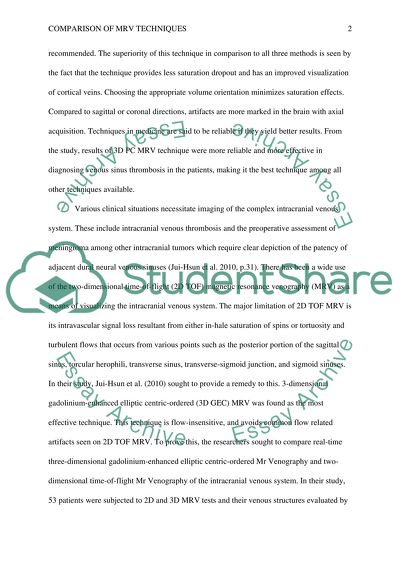Cite this document
(“Comparison MRV techniques Essay Example | Topics and Well Written Essays - 1000 words”, n.d.)
Comparison MRV techniques Essay Example | Topics and Well Written Essays - 1000 words. Retrieved from https://studentshare.org/health-sciences-medicine/1484134-comparison-mrv-techniques
Comparison MRV techniques Essay Example | Topics and Well Written Essays - 1000 words. Retrieved from https://studentshare.org/health-sciences-medicine/1484134-comparison-mrv-techniques
(Comparison MRV Techniques Essay Example | Topics and Well Written Essays - 1000 Words)
Comparison MRV Techniques Essay Example | Topics and Well Written Essays - 1000 Words. https://studentshare.org/health-sciences-medicine/1484134-comparison-mrv-techniques.
Comparison MRV Techniques Essay Example | Topics and Well Written Essays - 1000 Words. https://studentshare.org/health-sciences-medicine/1484134-comparison-mrv-techniques.
“Comparison MRV Techniques Essay Example | Topics and Well Written Essays - 1000 Words”, n.d. https://studentshare.org/health-sciences-medicine/1484134-comparison-mrv-techniques.


